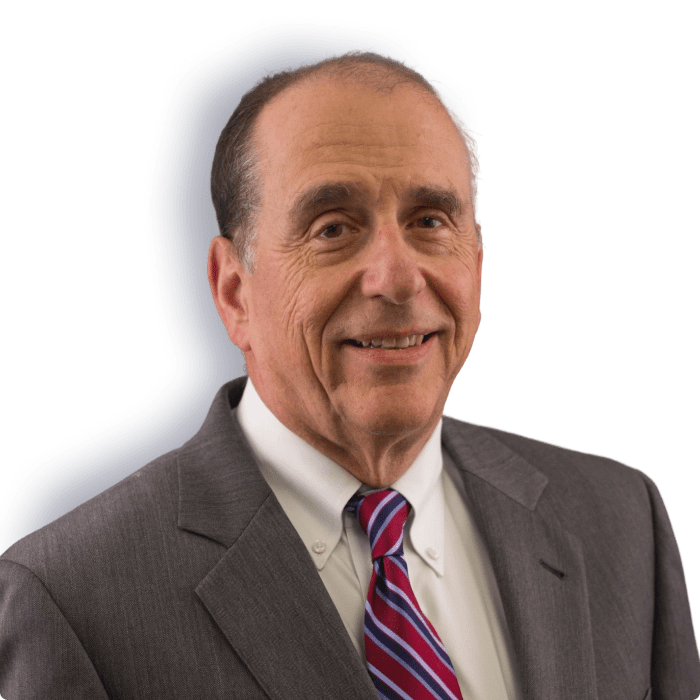
Joel N. Kreizman
Partner
732-568-8363 jkreizman@sh-law.comFirm Insights
Author: Joel N. Kreizman
Date: October 20, 2015

Partner
732-568-8363 jkreizman@sh-law.comEvery term, the U.S. Supreme Court considers several cases with the potential to have significant ramifications for employers and employees. The Court’s new term dealing in labor and employment, which began earlier this month, is no exception.
Below is a brief preview of the labor and employment cases currently on the Supreme Court’s docket.
The justices continue to add cases throughout the term, so we encourage readers to check back for updates. We will also provide in-depth coverage of the decisions once they are announced on this blog as well as the Scarinci Hollenbeck Constitutional Law Reporter.
No Aspect of the advertisement has been approved by the Supreme Court. Results may vary depending on your particular facts and legal circumstances.

Crypto investor protection continues to evolve, with the SEC and CFTC investing resources and coordinating more closely to uphold regulatory standards. Whether you’re a retail investor, an institutional trader, or part of a crypto startup, understanding enforcement trends is essential for navigating this dynamic and high-stakes regulatory environment. Crypto Is No Longer the Wild West […]
Author: Dan Brecher

A Settled Regulatory Environment Enables Confident Capital Planning New Jersey’s new manufacturing incentive program, Next New Jersey Manufacturing Program, enters 2026 with something uncommon in economic development these days: policy stability. The statute is enacted, New Jersey Economic Development Authority’s (“NJEDA”) rules are adopted, and the application portal is open. With the election outcome settled, […]
Author: Michael J. Sheppeard

When done successfully, industry roll-up acquisitions can dramatically grow and strengthen your business. In this post, we break down what an industry roll-up is, why companies pursue it, and what makes it an effective (and sometimes risky) business strategy. What Is an Industry Roll-Up Acquisition? In an industry roll-up acquisition of companies, a buyer acquires multiple companies […]
Author: Dan Brecher

The federal government has launched one of the most ambitious scientific initiatives in decades, and it will redefine how companies develop technology, manage risk, and compete. The Genesis Mission, created by Executive Order and driven by the Department of Energy (“DOE”), is intended to accelerate scientific discovery through a national AI platform that links supercomputers, […]
Author: Michael J. Sheppeard

Stablecoins Leave the Grey Zone Stablecoins were supposed to be the “boring” part of crypto: digital dollars that just work. Yet for years they have lived in a regulatory no-man’s-land, classified one day as securities, the next as commodities, and sometimes as something regulators had not even named yet. That uncertainty is finally starting to […]
Author: Bryce S. Robins

If you operate a business without the proper license, you risk fines, insurance issues, reputational harm, and even business closure. Even innocent mistakes, like forgetting to renew a license, can have significant consequences, such as losing your lawsuit for payment of services that are unlicensed, which makes it imperative to have business license management procedures […]
Author: Dan Brecher
No Aspect of the advertisement has been approved by the Supreme Court. Results may vary depending on your particular facts and legal circumstances.
Consider subscribing to our Firm Insights mailing list by clicking the button below so you can keep up to date with the firm`s latest articles covering various legal topics.
Stay informed and inspired with the latest updates, insights, and events from Scarinci Hollenbeck. Our resource library provides valuable content across a range of categories to keep you connected and ahead of the curve.
Let`s get in touch!
Sign up to get the latest from the Scarinci Hollenbeck, LLC attorneys!